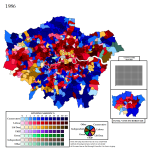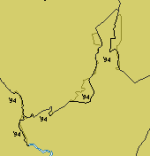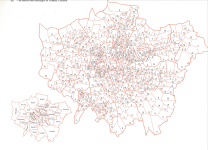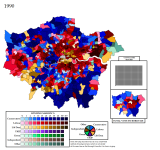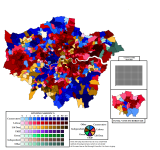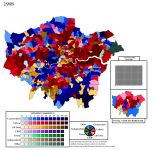Crossposted - all the national Australian referendums, as they've just had one.
Oh, go on then. (Click to enlarge)
View attachment 74354
You and @Lord Roem weren't kidding. The Australian electorate never met a proposal they didn't want to say 'no' to. I'm not sure they'd vote the federal government power to push the asteroid-stopping button for 1 minute if it was about to hit them. Mind you, I imagine I'd be less than inclined to vote yes if the government kept asking you the same question every few years till it got the 'right' answer.


